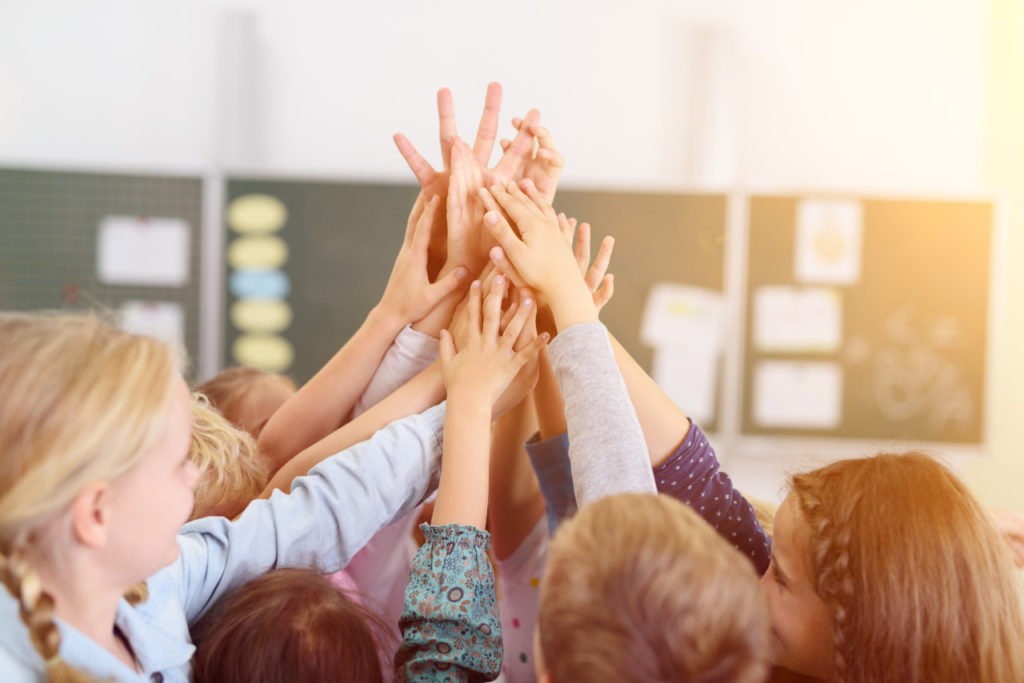Communication is only about half the words you say, the rest is body language, how you say it, and context. To most accurately communicate we have to respond through all of the aforementioned. People with social learning disabilities struggle to “keep their body in the group”.
It’s important to stress how physical presence affects the message you’re communicating. If your body and physical presence or body movement do not match the words you are saying, it is very likely that others will misunderstand you. For instance, if a child wants to thank someone for helping them, they can say “thanks a lot!” However, if they say this while turning away from a person and not properly annunciating, this thanks could be seen as a sarcastic retort. In order to properly align our desired message with what is actually understood by the other person, we must be able to evaluate our own social self.
Ways to help children work on their social self-awareness:
- Instruct a group of people to dance in a group and then every 30 seconds tell everyone to freeze. Then ask the child, “who’s body is in the group?” or “did anyone dance out of group?” The object is not to tell the child they are right or wrong, it’s just to get them thinking about what it means to be a part of the group.
- Another great way to help a child build social self-awareness is to video record them in social situations. For example, record a child walking into a room and greeting a peer. Then, show the child how they looked and sounded during the interaction. This allows the child to assess how they are meeting their own social goals.
- Lastly, tell your children to observe their peers and other people in all social environments. This can provide context about situations and guide them to formulate their own desired social responses.
To learn more about this concept, go to socialthinking.com

